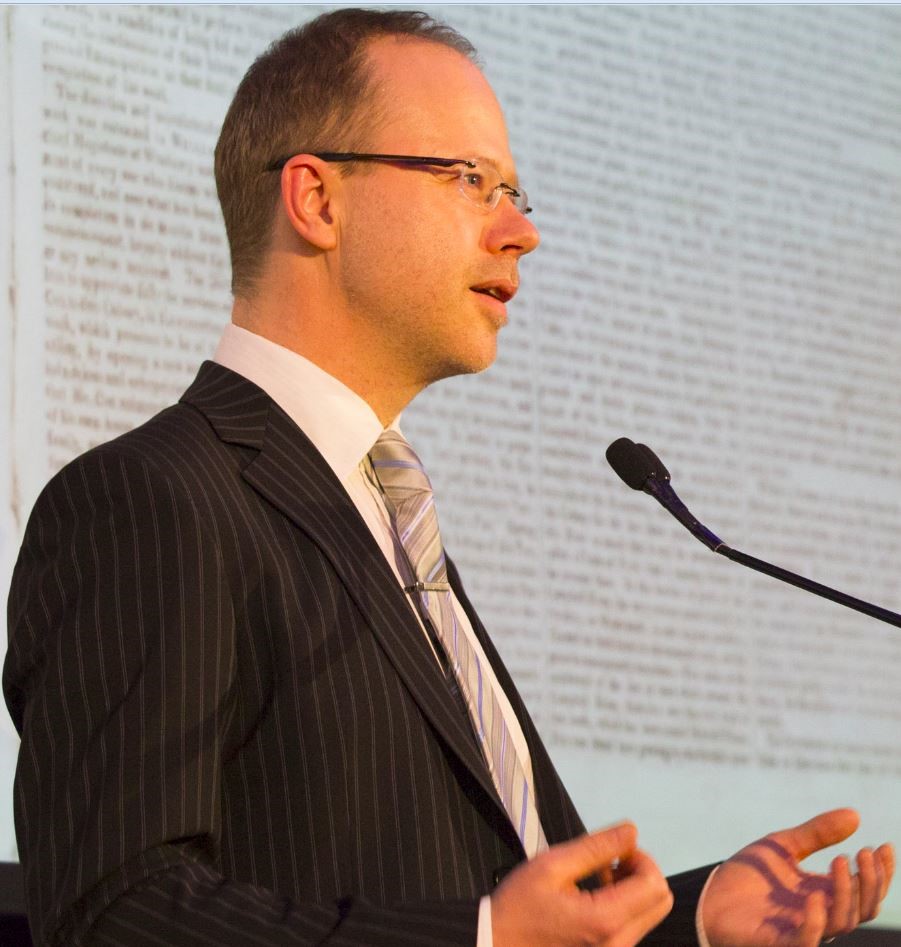Janet Murray’s Hamlet on the Holodeck (1997), a landmark text written nearly a decade ago, set out to investigate the potential for interactive story forms at a time when digital interactivity was, for the first time, in the hands of the mainstream. Her book, which analyses a range of non-linear narrative models, continues to inspire those who wish to imagine the future of digital narrative textuality. The study of interactive narrative is now a vast field in its own right. Today there is extensive, vibrant debate on the evolution of digital narrative story forms, with theoretical commentary coming from perspectives as diverse as new media theory, literary studies, cinema studies, media arts and humanities computing.
New forms of narrative history are also evolving as a result of the experimental possibilities offered by interactive digital media. This paper investigates the status of narrative in digital expressions of history. By addressing the following questions it provides a framework for future criticism in the digital history field: How readily does the content of history lend itself to representation in non-linear and/or interactive digital forms?; How appropriate is a non-linear mode for telling and reflecting on the past, given that the past itself is thought of in terms of chronology, sequence, progress, evolution—all of which are highly linear?; At what point can a digital text be considered an historical narrative rather than an informational resource, and should we be concerned with this distinction in this time of convergence of technologies and overlapping of knowledge disciplines?; How applicable is the work of narrative theorists concerned with interactive plot structures and digital storytelling to the study of digital histories?; and, How is it possible to gauge the success of these experimental narrative histories?
The discussion proceeds from the observation that there is a high level of awareness of the sheer volume of historical information now available online—access to which has re-invigorated the study of history and made it reach much wider audiences—but that there is very little critical discussion on how the narration of history is being transformed in the digital domain. Discussion of digital history, when it does take place, is generally dominated by the very practical aspects of information preservation and retrieval. In particular the emphasis tends to be upon: digitisation of resources, for the purposes of archiving and increased public access; and the creation of networked information standards, for the development of searchable online databases to meaningfully organise historical resources. The changing status and significance of narrative modes of historical interpretation using digital media has been eclipsed by debate around the online provision of information. In other words, there has been a tendency to focus on the technicalities of providing easy and convenient access to an ever expanding range of information, rather than on the modes of narration which inescapably underlie and colour all information, whether delivered seamlessly through traditional narrative texts or in loosely connected fragments within experimental digital arenas.
The first section of this paper reviews the transformations in theoretical understandings of narrative, and in particular historical narrative, over the past three decades. This provides a context for considering some issues that have been neglected in the rush to welcome the expanded possibilities opened up by the rise of digital narrative forms. The second section discusses interactive historical forms in terms of genre, theory, reception, criticism, and multimedia design and makes links with game theory. The third section discusses three highly visual, digital history works which experiment with modes of narrative construction and require different degrees of interactivity on the part of the user.
[extract]
Arthur, Paul Longley. “Multimedia and the Narrative Frame: Navigating Digital Histories,” in “Traversing Narrative Media: Histories, Identities, Futures,” ed. Allan Cameron, special issue, Refractory 9 (2006): http://blogs.arts.unimelb.edu.au/refractory/2006/07/04/multimedia-and-the-narrative-frame-navigating-digital-histories-paul-arthur/.






